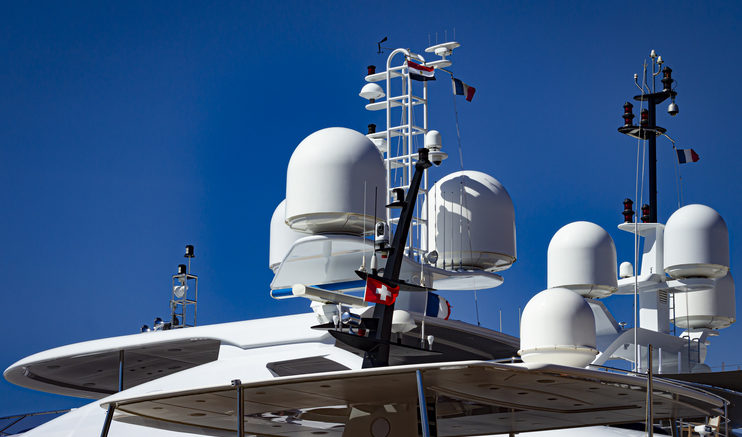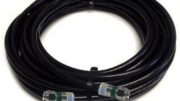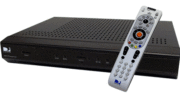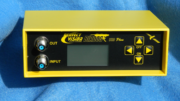Marine satellite TV. It’s been the smart choice for entertainment for almost 20 years. You know what, though? It’s still the smart choice. In the last year or so, a lot of people have been talking about satellite internet and I get it. Who doesn’t want full internet access while you’re on the water? But, before I dig into the subject of this article, you need to know that that new internet connection might not be everything you hope for.
Unlike land-based satellite internet, most marine internet plans have a data cap. Go over that cap and you’ll find your bill gets high, quickly. The worst part is that depending on your plan, you can blow through that cap after watching as little as four hours of streaming TV. That means marine satellite TV isn’t just the smart choice, it’s the economical one too. With marine satellite TV you’ll pay one price per month regardless of how much TV you watch. No caps, no overages. Just one fair price.
The parts of a marine satellite TV system
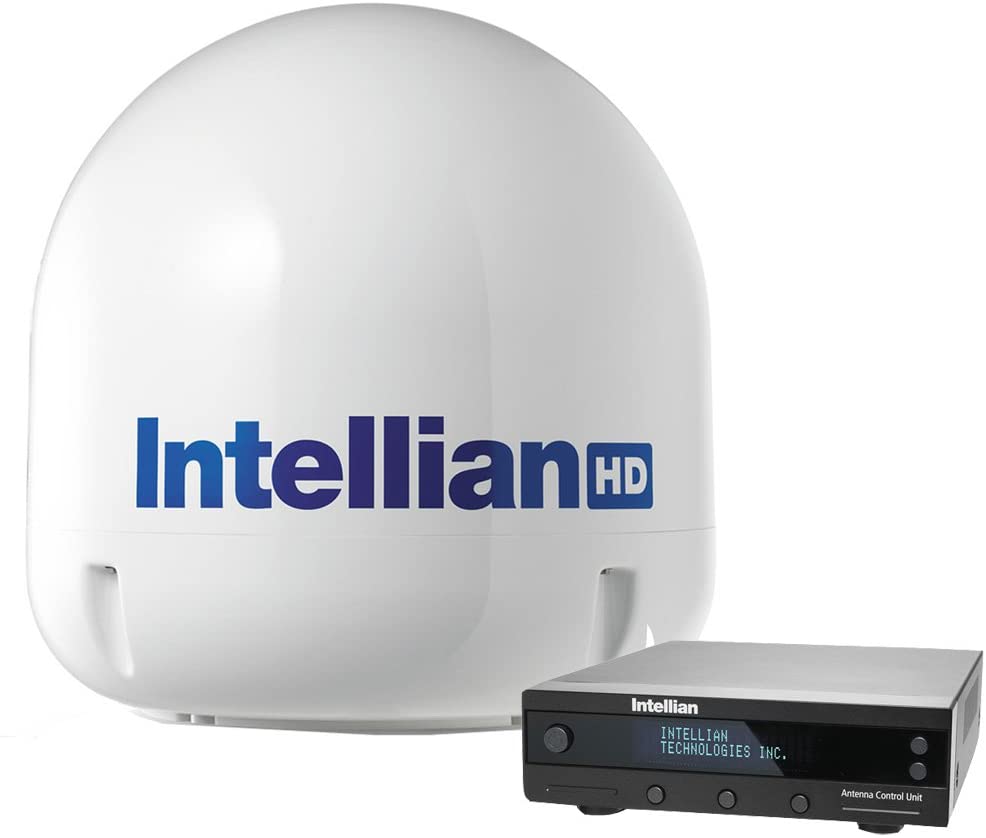
There are three primary pieces to a marine satellite system. The first is the actual satellite TV receiver, and it’s likely to be the same type you have at home. I won’t spend a lot of time on that as a result.
However, the other two pieces of the system are unique to marine satellite television. The first, the big white gumdrop, is the antenna itself. Unlike land-based satellite dishes, marine dishes need to be incredibly smart. They need to adjust to movement several times a second. That takes complex electronic artistry. As a result, the dish, which looks very similar to a home-based dish, is put in a large waterproof container with enough space for it to move.
The other part of the system is the antenna control unit, or ACU. An antenna control unit lets the dish know what satellites to aim at and in what directions. This is critical if you’re sailing relatively far from your home port. The ACU isn’t built into the dish. If it were, you’d need to climb up on a mast in order to make any changes. You won’t touch the ACU very often, but you might have a need to reboot it or tell it what satellite you want to track.
Yes you need to power both
You need to power the dish and the ACU separately. There are several reasons for this. The first is simple: a certain number of off-the-shelf components are usually part of a marine dish, and they require their own power. It’s typical, for example, to use a DIRECTV Power Inserter to power the satellite dish if it’s a DIRECTV-specific one.
The ACU needs its own power and it generally connects straight into your vessel’s power system. I suppose it would be possible for the ACU to power the dish since it’s sending information over a data cable, but that would mean customizing the ACU for every different satellite provider. That would take extra cost and require extra certifications. It would also mean you couldn’t use the ACU for multiple providers in most cases.
What happens if you don’t power both devices?
This one’s simple: it just won’t work. The dish won’t work without a signal from the ACU, and it won’t work without its own power. Of course the ACU can’t provide a signal unless it has power. So, always make sure both devices are powered.
Want to know more about marine satellite television?
I started this article by saying that marine satellite television was still a great bet for entertainment while you’re on the water. If you have a current system and want to upgrade, or if you’re reading this article trying to make a choice… call us! We’ll explain all the options for moving forward. All the US providers have a lot of new hardware and it’s worth talking to an expert and making sure you’re both future-proof and fail-safe.
The team at Signal Connect can also help you with satellite internet if you haven’t signed up yet. As I said above, everyone wants reliable, fast satellite internet and it’s a perfect complement — not a replacement — for satellite television. Why not bundle it all together with one team that you trust? Call the best team in the business. The number is 888-233-7563. We’re here during East Coast business hours. If it’s after hours, fill out the form below! Our marine team works 24/7 for established customers, but it’s best to make that first contact while everyone is in the office.

